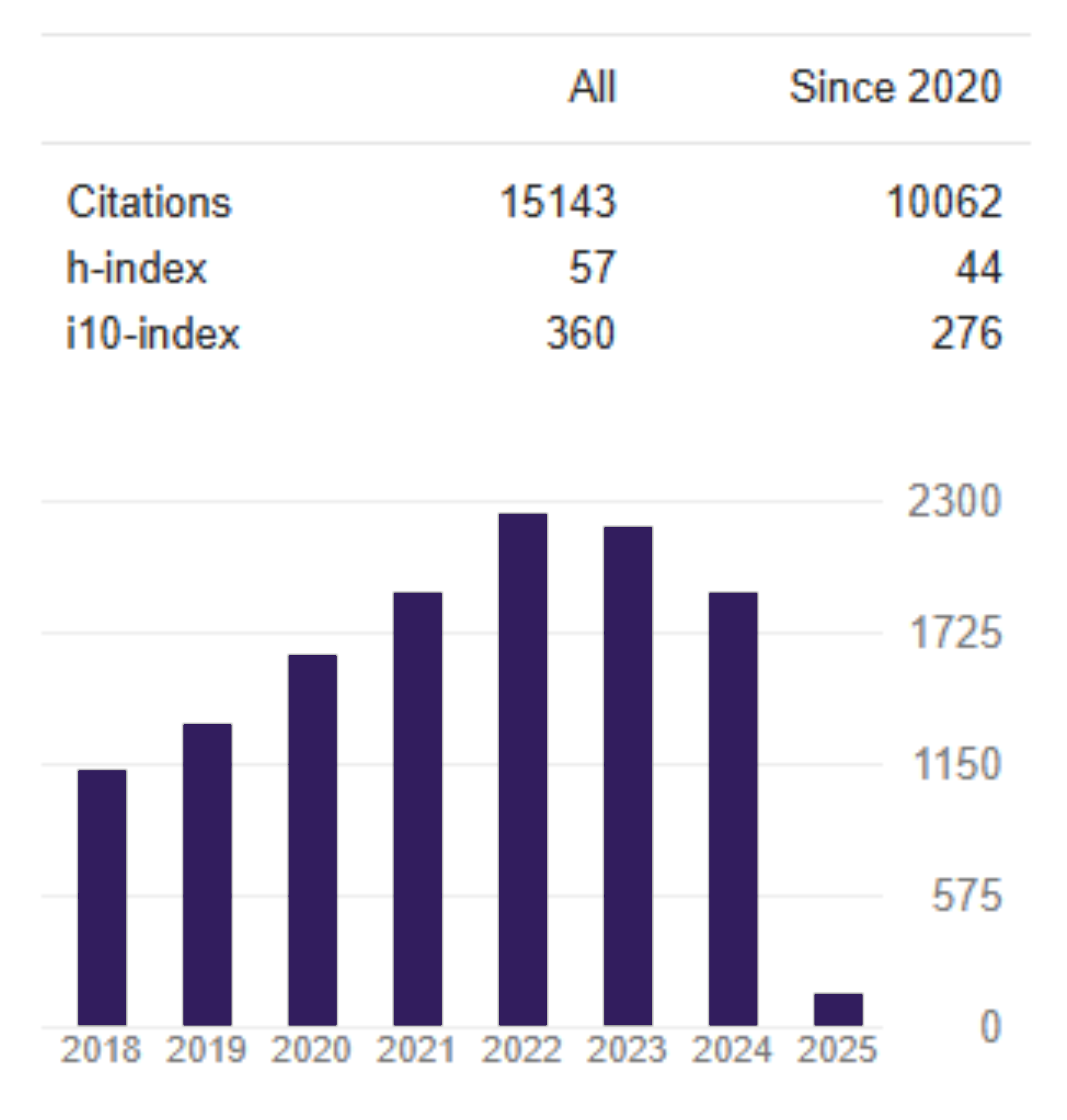Equity Financing and Islamic Banks’ Profitability: Evidence from the Biggest Muslim Country
DOI:
https://doi.org/10.26905/jkdp.v22i3.2150Keywords:
Equity Financing, Islamic Banks, ProfitabilityAbstract
It was highlighted in the literature that Islamic banks’ equity financing was very risky in practice. Theoretically, equity financing could boost Islamic banks’profitability because the riskier financial instrument was always associated with the greater return that could be created. Using a sample of nine Islamic banks in Indonesia from 2009m1 to 2014m12, interestingly we found that a higher proportion of equity financing was significantly associated with lower Islamic banks’ profitability. However, this negative relationship diminished in the case of large Islamic banks, implying that the negative effect of equity financing on Islamic banks’ profitability was more prominent for small banks rather than for large banks. Our results were robust using various estimations. Although equity-financing was a core of Islamic banks and could differ Islamic from conventional banks’ activities but Islamic banks altogether with policymakers should evaluate this instrument for the sake of Islamic banks’ profitability and its prospects in the future.
JEL Classifications: D25Â ; G21Â ; L25
DOI: https://doi.org/10.26905/jkdp.v22i3.2150
Downloads
References
Abdul-Rahman, A., Latif, R. A., Muda, R., & Abdullah, M. A. (2014). Failure and potential of profit-loss sharing contracts: A perspective of New Institutional, Economic (NIE) theory. Pacific Basin Finance Journal, 28, 136-151. https://doi.org/10.1016/j.pacfin.2014.01.004.
Abedifar, P., Molyneux, P., & Tarazi, A. (2013). Risk in Islamic banking. Review of Finance, 17(6), 2035–2096. https://doi.org/10.1093/rof/rfs041.
Aggarwal, R. K., & Yousef, T. (2000). Islamic banks and investment financing. Journal of Money, Credit, and Banking, 32(1), 93–120. https://doi.org/10.2307/2601094.
Ahamed, M. M. (2017). Asset quality, non-interest income, and bank profitability: Evidence from Indian banks. Economic Modelling, 63, 1–14. https://doi.org/10.1016/j.econmod.2017.01.016.
Alam, N., & Parinduri, R. A. (2017). Do Islamic banks shift from mark-up to equity financing when their contracting environments are improved? Applied Economics Letters, 24(8), 545–548. https://doi.org/10.1080/13504851.2016.1210759.
Chen, N., Liang, H. Y., & Yu, M. T. (2018). Asset diversification and bank performance: Evidence from three Asian countries with a dual banking system. Pacific Basin Finance Journal. https://doi.org/10.1016/j.pacfin.2018.02.007.
Cho, K. R. (1990). Foreign banking presence and banking market concentration: The case of Indonesia. The Journal of Development Studies, 27(1), 98–110. https://doi.org/10.1080/00220389008422185.
Cihak, M., & Hesse, H. (2010). Islamic banks and financial stability: An empirical analysis. Journal of Financial Services Research, 38(2–3), 95–113. https://doi.org/10.1007/s10693-010-0089-0.
Cupian & Abduh, M. (2017). Competitive condition and market power of Islamic bank in Indonesia. International Journal of Islamic and Middle Eastern Finance and Management, 10(1), 77-91. https://doi.org/10.1108/IMEFM-09-2015-0098.
Fu, X., Lin, Y., & Molyneux, P. (2014). Bank competition and financial stability in Asia Pacific. Journal of Banking & Finance, 38, 64–77. https://doi.org/10.1016/j.jbankfin.2013.09.012.
Hamza, H., & Saadaoui, Z. (2013). Investment deposits, risk-taking, and capital decisions in Islamic banks. Studies in Economics and Finance, 30(3), 244–265. https://doi.org/10.1108/SEF-Feb-2012-0016.
Ibrahim, M. H., & Rizvi, S. A. R. (2017). Do we need bigger Islamic banks? An assessment of bank stability. Journal of Multinational Financial Management, 40, 77-91. https://doi.org/10.1016/j.mulfin.2017.05.002.
Meslier, C., Risfandy, T., & Tarazi, A. (2017a). Islamic banks’ equity financing, shariah supervisory board, and banking environments. SSRN Working Paper.
Meslier, C., Risfandy, T., & Tarazi, A. (2017b). Dual market competition and deposit rate setting in Islamic and conventional banks. Economic Modelling, 63, 318–333. https://doi.org/10.1016/j.econmod.2017.02.013.
Meslier, C., Tacneng, R., & Tarazi, A. (2014). Is bank income diversification beneficial? Evidence from an emerging economy. Journal of International Financial Markets, Institutions, and Money, 31(1), 97–126. https://doi.org/10.1016/j.intfin.2014.03.007.
Othman, N., Abdul-Majid, M., & Abdul-Rahman, A. (2017). Partnership financing and bank efficiency. Pacific Basin Finance Journal, 46, 1–13. https://doi.org/10.1016/j.pacfin.2017.08.002.
Reuters, T., & Standard, D. (2017). State of the global Islamic economy report 2017/18.
Risfandy, T., Harahap, B., Hakim, A. R., Sutaryo, S., & Nugroho, L. I. (2018). Equity Financing in Islamic Banks: Do Competition and Bank Fundamentals Matter? SSRN Working Paper.
Risfandy, T., Trinarningsih, W., Harmadi, H., & Trinugroho, I. (2017). Islamic banks’ market power, state-owned banks, and Ramadan: Evidence from Indonesia. The Singapore Economic Review, 1–18. https://doi.org/10.1142/S0217590817500229.
Stiroh, K. J., & Rumble, A. (2006). The dark side of diversification: The case of US financial holding companies. Journal of Banking and Finance, 30(8), 2131–2161. https://doi.org/10.1016/j.jbankfin.2005.04.030.
Thomson Reuters. (2017), State of the Global Islamic Economy Report 2017/18.
Tran, V. T., Lin, C. T., & Nguyen, H. (2016). Liquidity creation, regulatory capital, and bank profitability. International Review of Financial Analysis, 48, 98–109. https://doi.org/10.1016/j.irfa.2016.09.010.
Trinugroho, I., Risfandy, T., Ariefianto, M. D., Prabowo, M. A., Purnomo, H., & Purwaningsih, Y. (2017). Does religiosity matter for Islamic banks’ performance? Evidence from Indonesia. International Journal of Economics and Management, 11(2), 419-435.
Yanikkaya, H., Gümüş, N., & Pabuçcu, Y. U. (2018). How profitability differs between conventional and Islamic banks: A dynamic panel data approach. Pacific Basin Finance Journal, 48, 99–111. https://doi.org/10.1016/j.pacfin.2018.01.006.
Downloads
Published
Issue
Section
License

This work is licensed under a Creative Commons Attribution-ShareAlike 4.0 International License.



